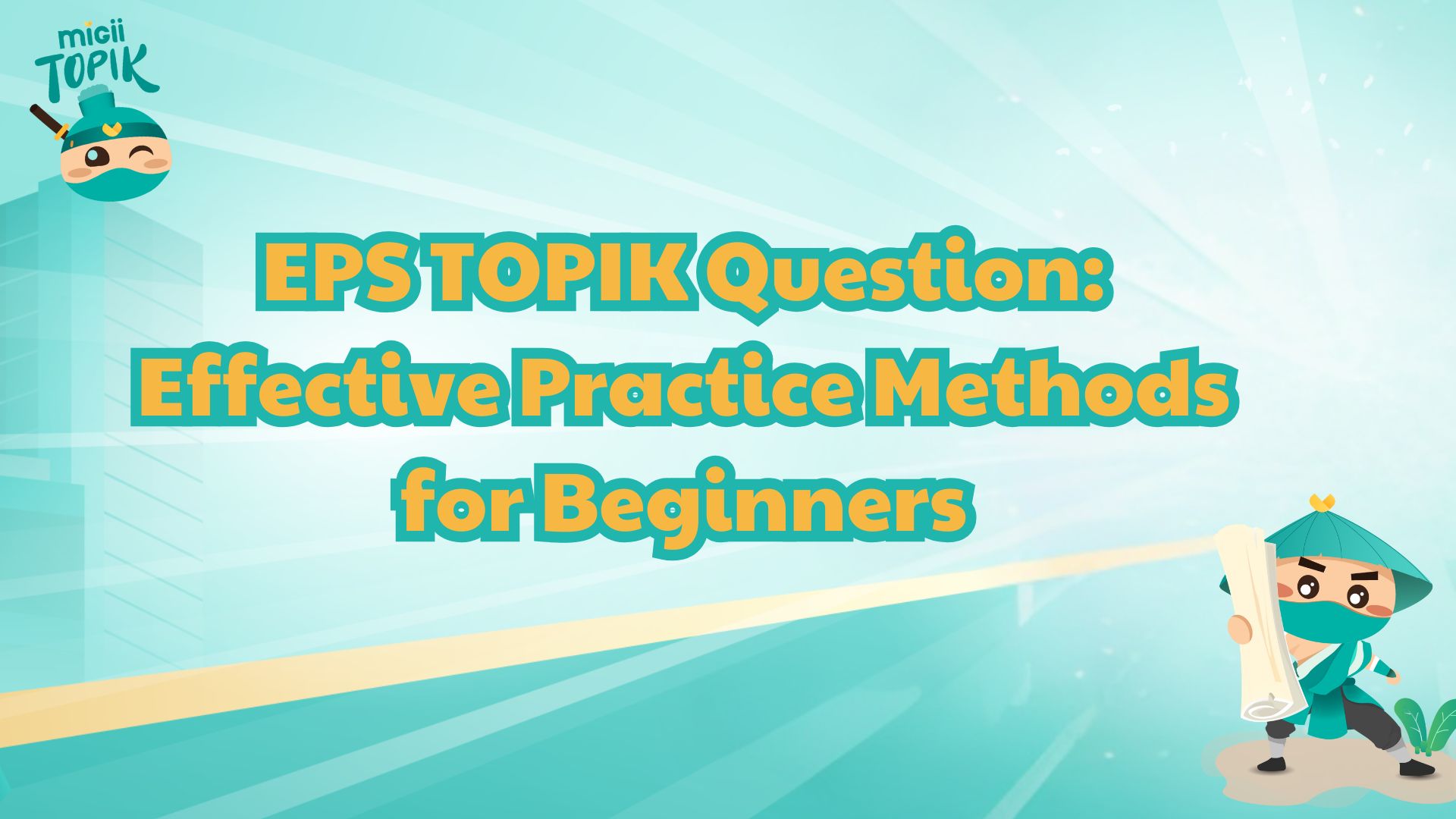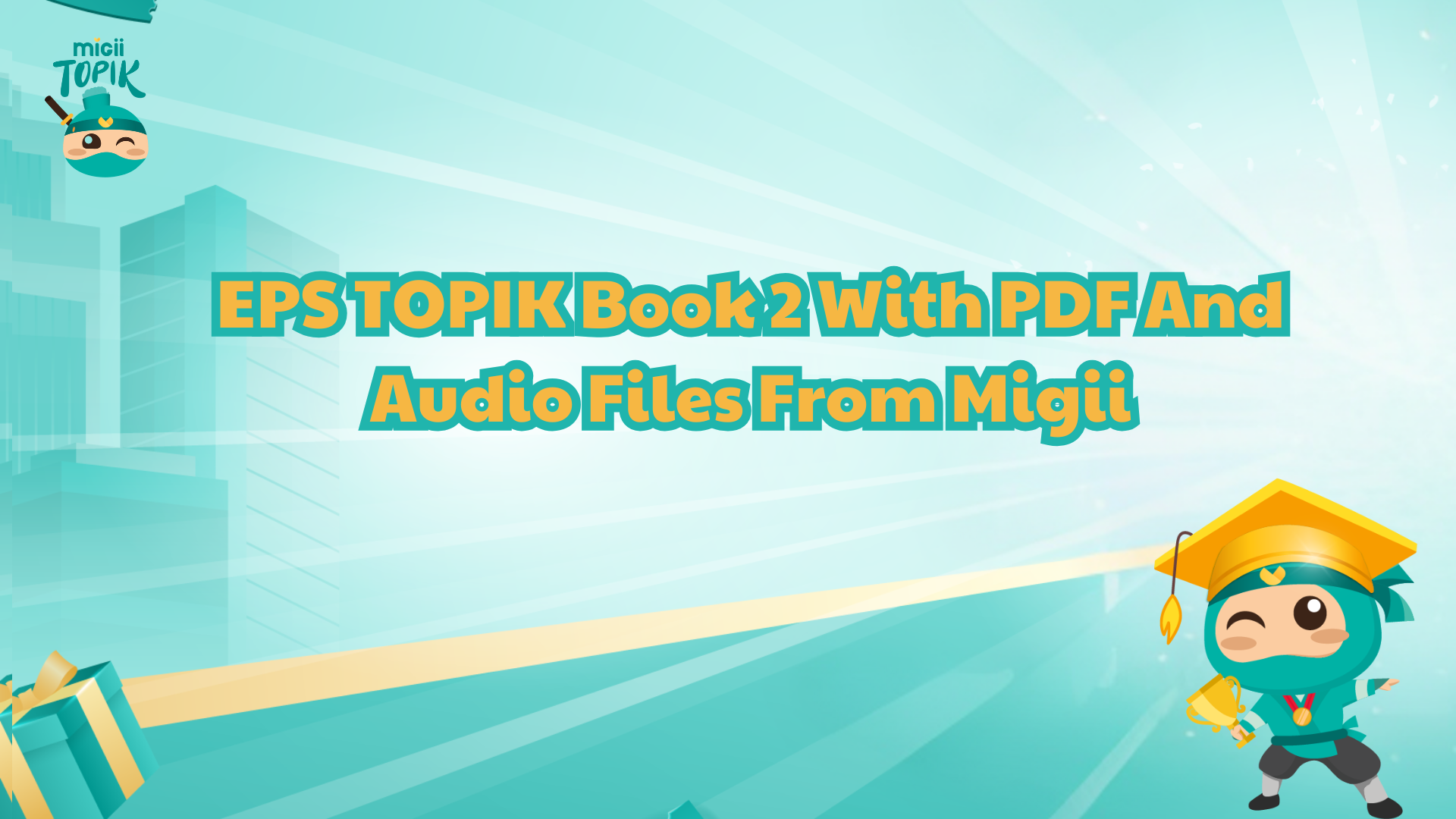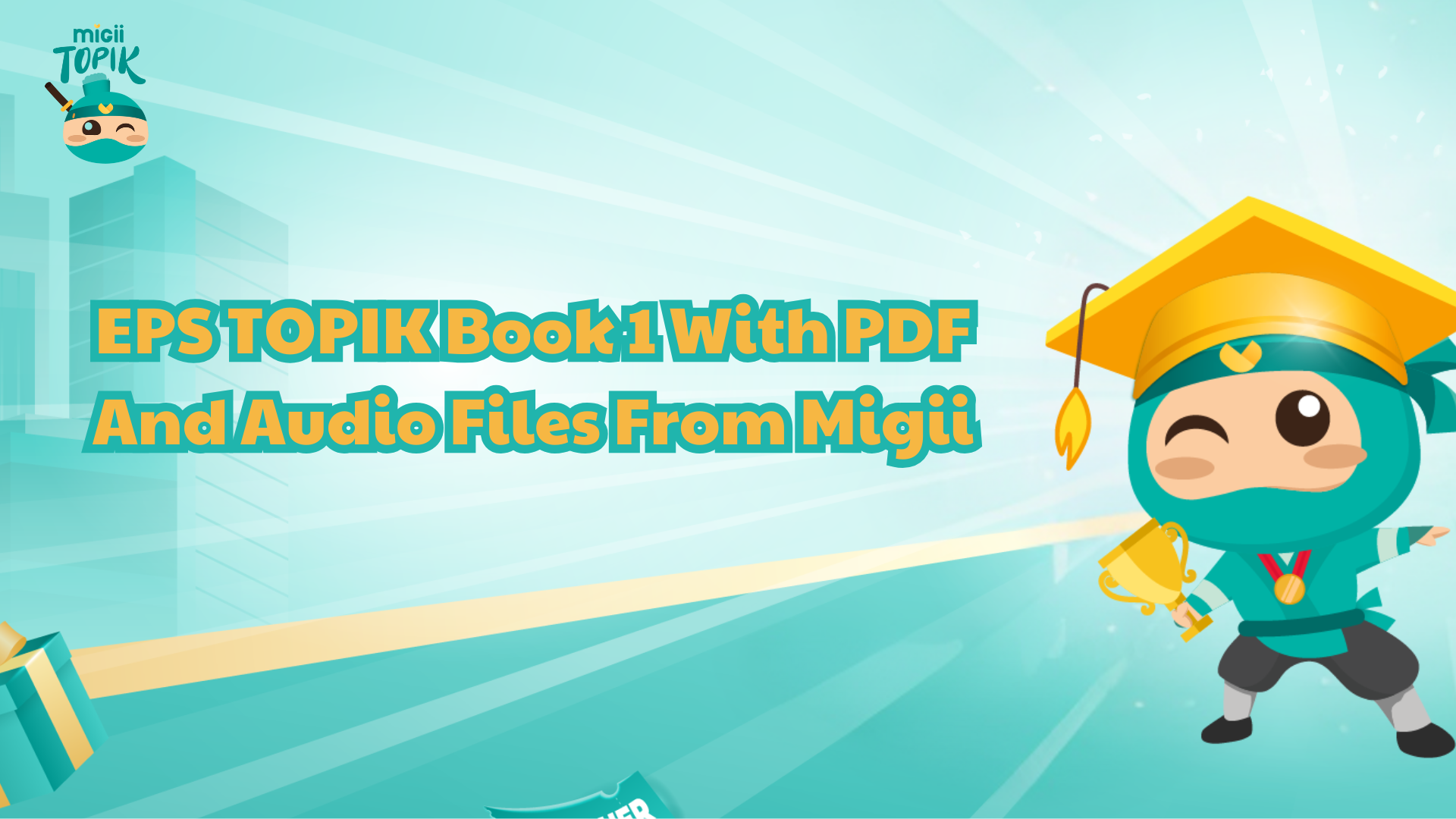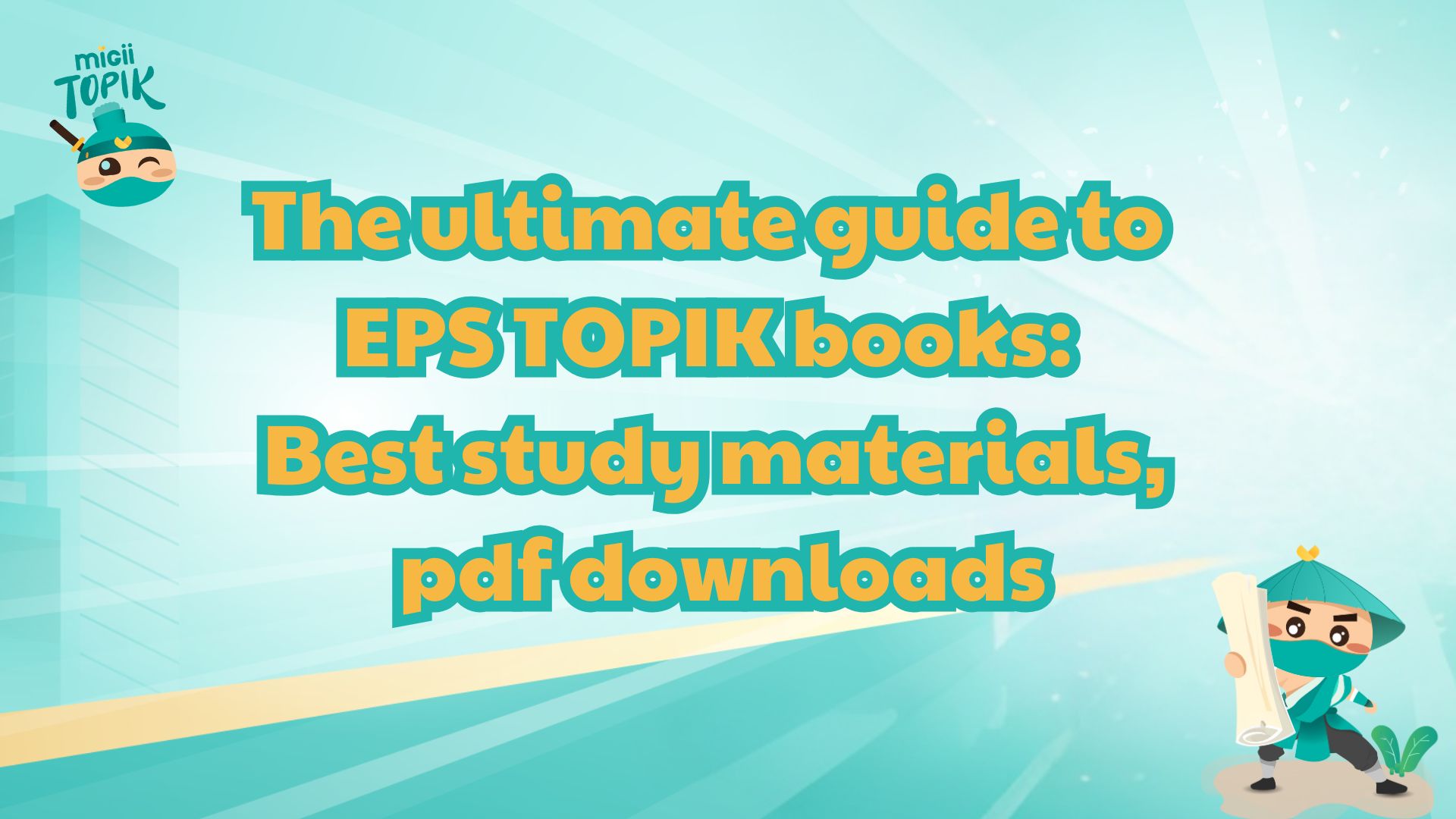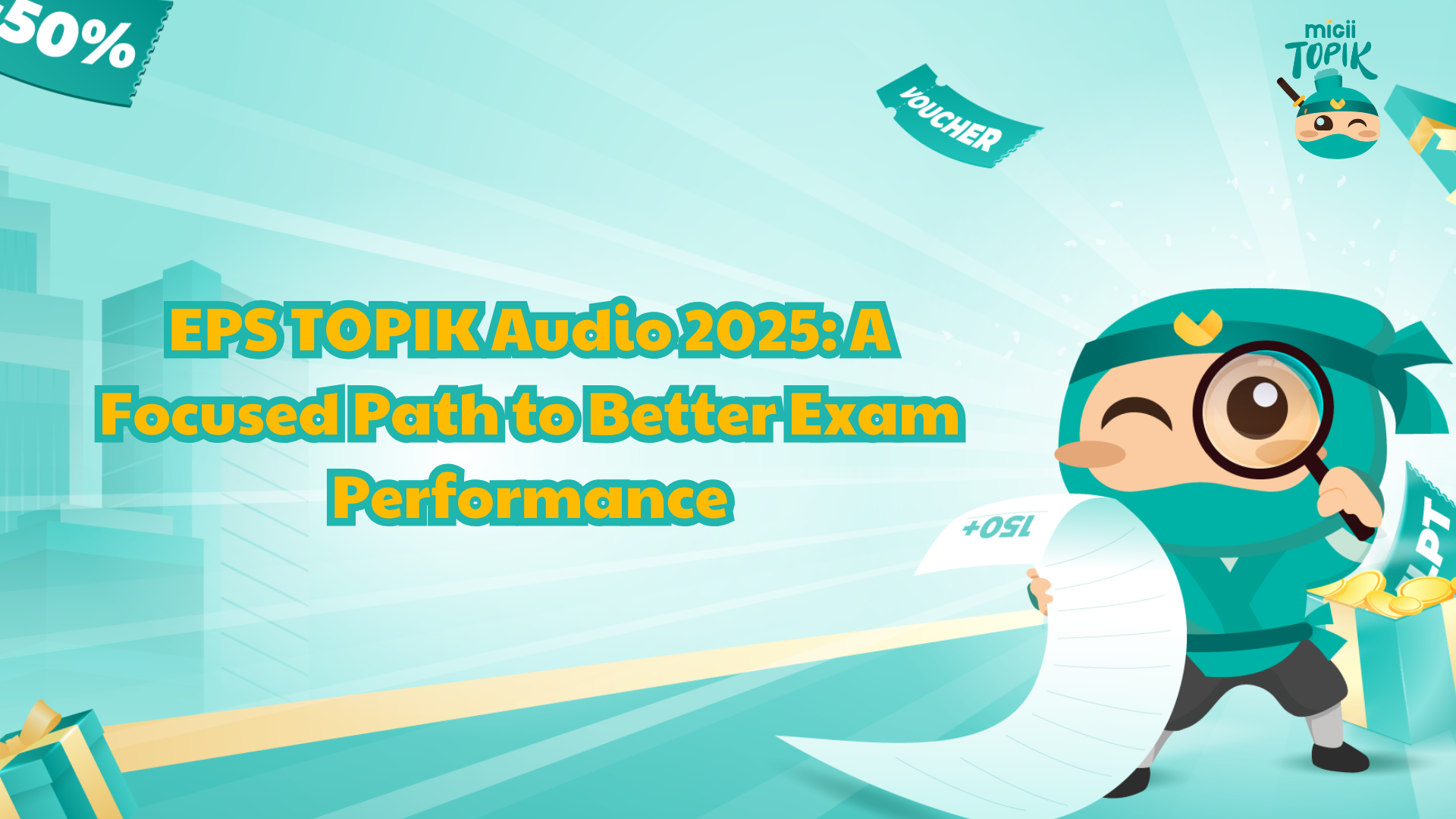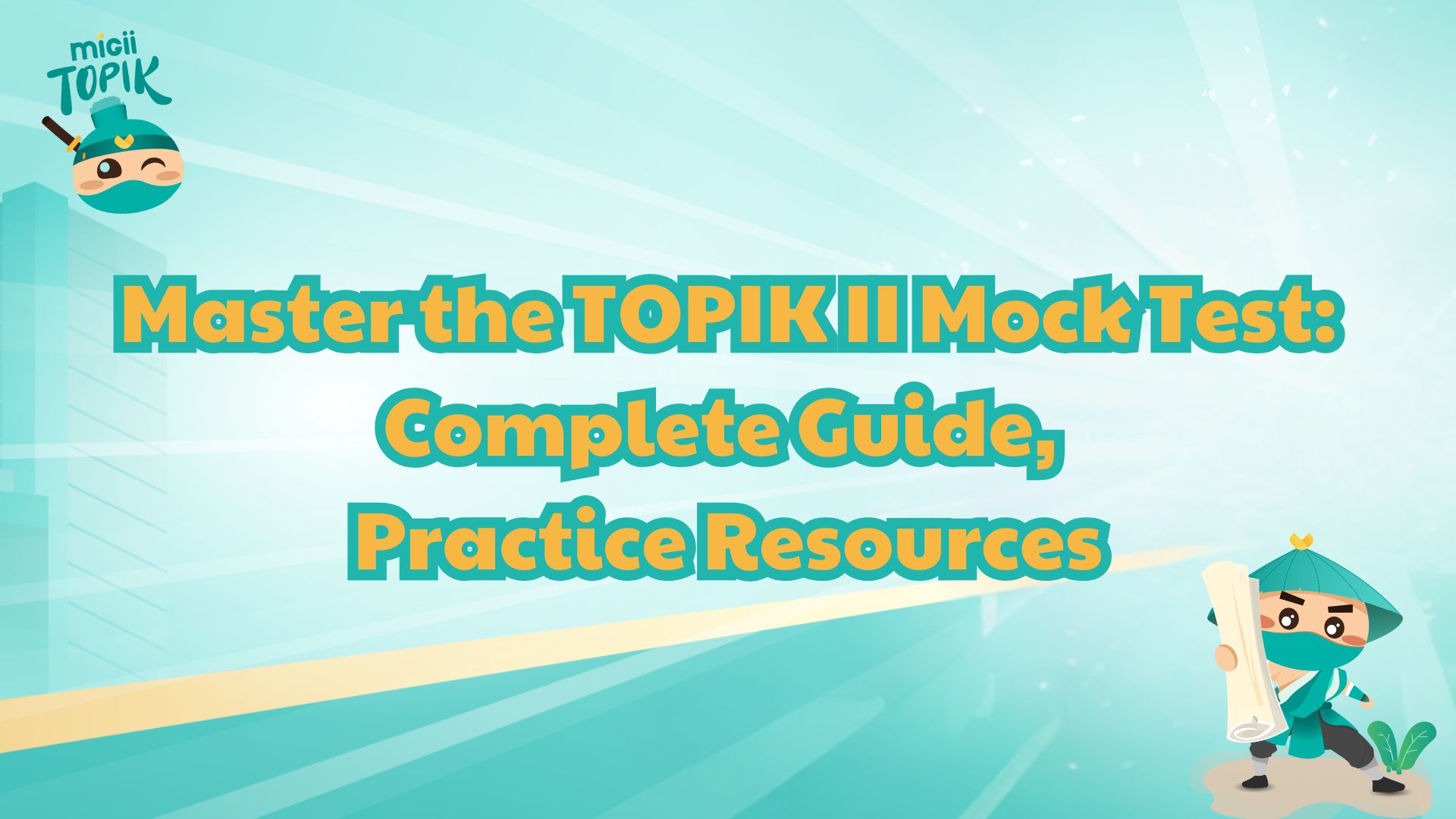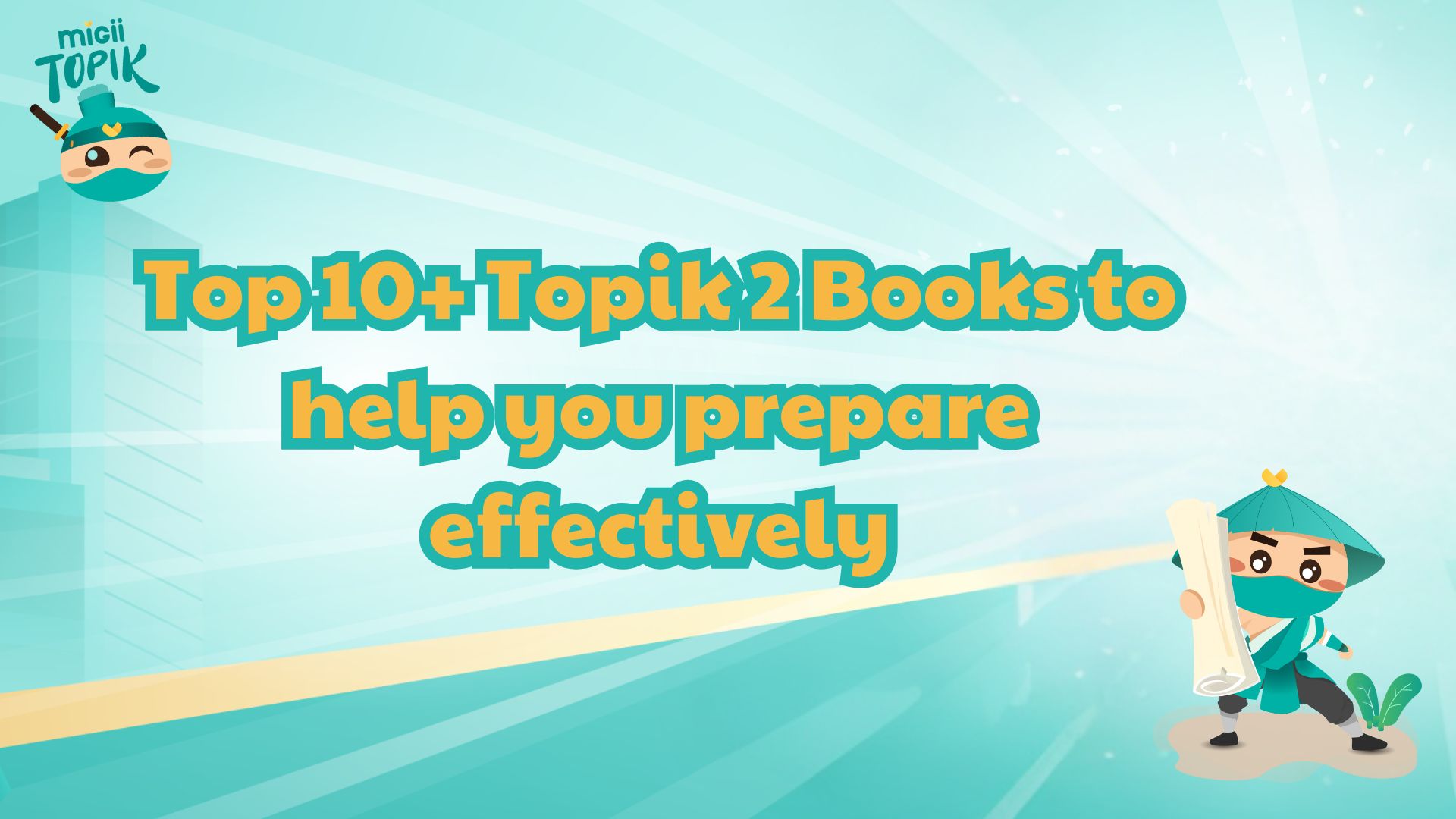Cracking the TOPIK II Writing is a reliable companion for anyone preparing for the exam. This book not only breaks down the test structure but also provides smart strategies and step-by-step guidance to make writing less intimidating. Together with Migii TOPIK, let’s uncover why so many learners trust this resource for TOPIK II success.
Overview of Cracking the TOPIK II Writing
Cracking the TOPIK II Writing is written by experienced Korean language educators who specialize in exam preparation. It is published by a reputable academic press and is aimed at learners from intermediate to advanced levels, especially those preparing for TOPIK levels 3 to 6. The book is particularly valuable for learners who find the writing section to be the most challenging part of the exam.
The content is organized into sections that reflect the actual TOPIK II writing tasks. It starts with an introduction to the exam format, then moves into detailed strategies for each question type such as short-answer writing, graph description and argumentative essays. Each chapter provides model answers, vocabulary lists and practice questions. With around 250 to 300 pages, the book balances theory, examples and exercises, making it practical for both self-study and classroom learning.
Unlike most general preparation books that cover all sections including listening, reading and writing, Cracking the TOPIK II Writing focuses entirely on the writing component. What makes it stand out is the clear breakdown of essay structures combined with step-by-step guidance on how to approach each task, something many other books do not offer. It also includes graded model answers that illustrate the difference between low-scoring and high-scoring responses, giving learners a concrete understanding of what examiners look for.
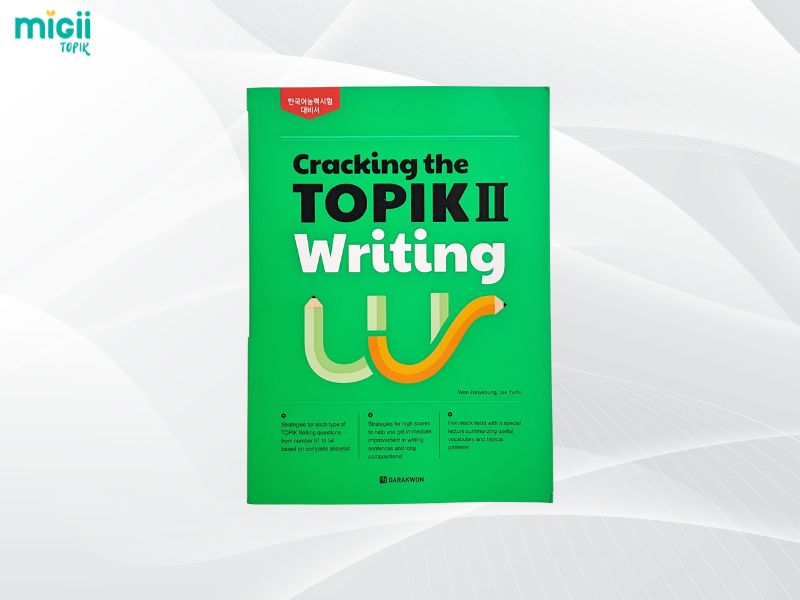
Cracking the TOPIK II Writing is a focused guide to master the writing section
Main Content of the Book
This book goes beyond theory by combining clear explanations, practical strategies and carefully designed exercises. Together, these elements provide learners with a complete toolkit to approach the TOPIK II Writing section with confidence.
Understanding the TOPIK II Writing Test Format
The book introduces the structure of the TOPIK II Writing section and helps learners become familiar with what to expect. It explains the three main task types in the exam:
- Descriptive writing: short answers that require clarity and precision.
- Graph-based writing: interpreting charts and describing data trends.
- Argumentative essays: building logical arguments with supporting details.
For each type, the book shows examiner expectations and provides step-by-step examples. This makes the writing section more approachable and less intimidating.
Writing Strategies That Work
A key strength of Cracking the TOPIK II Writing is its focus on practical strategies. Instead of overwhelming learners, it introduces useful academic expressions and shows how to use them naturally. The book also explains how to build essays with clear introductions, body paragraphs, and strong conclusions.
In addition, learners get valuable exam tips such as planning quickly, drafting effectively, and leaving time for review. These techniques turn exam stress into manageable steps that build confidence.
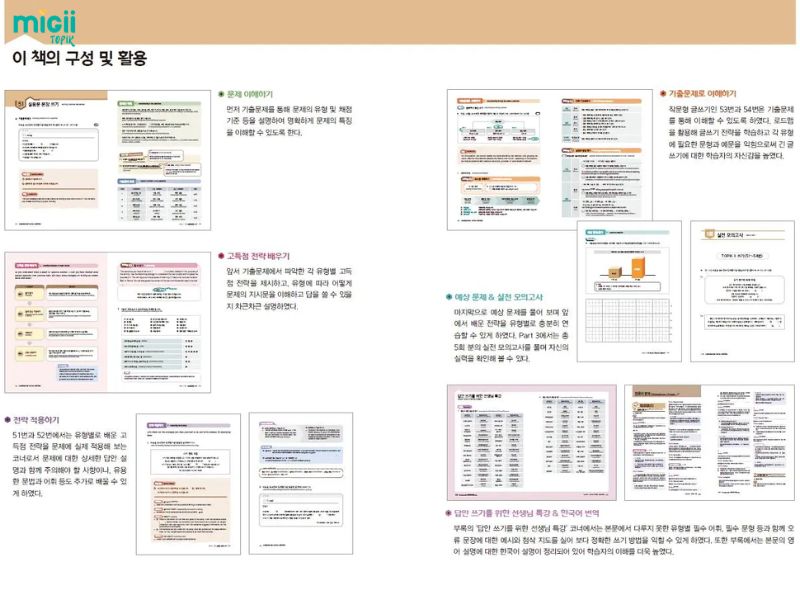
Practical strategies for clear, effective writing
Practice That Builds Confidence
To ensure learners apply what they study, the book provides a wide range of exercises, including:
- Sample questions designed in the style of real TOPIK exams.
- Model essays that demonstrate high-scoring answers.
- Guided writing tasks that support learners step by step.
The exercises progress gradually, starting with simpler sentence-level writing and moving toward full essays. This structure makes practice feel achievable and motivates learners to keep improving until they are exam-ready.
Download Cracking the TOPIK II Writing here:
Strengths and Weaknesses of the Book
Strengths
One of the biggest strengths of Cracking the TOPIK II Writing is the level of detail it provides. Each writing task is broken down with step-by-step explanations, making complex questions easier to understand. Learners also benefit from a wide range of examples, including sample essays and model answers, which show how theory is applied in practice. The book’s approach is highly practical, focusing not just on rules but on how to actually write better and score higher in the exam.
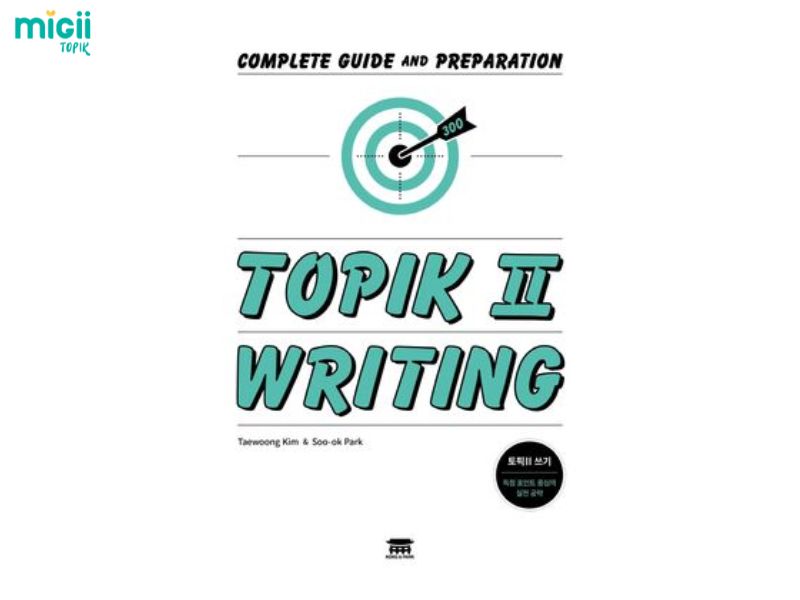
Detailed guidance and practical examples for TOPIK II Writing success
Weaknesses
While the book is comprehensive, it does assume that learners already have a certain level of vocabulary and grammar knowledge. For absolute beginners, this can feel overwhelming because the writing tasks demand more advanced language skills. As a result, the book is most effective for intermediate to advanced learners rather than those just starting their Korean studies.
Comparison with Other Materials
Compared to more general study guides such as Hot TOPIK or TOPIK Master, which cover all sections of the exam, Cracking the TOPIK II Writing stands out for its laser focus on writing. Other books may provide a broader overview of the exam but often lack the in-depth strategies and graded examples found here. Learners who want to improve specifically in the writing section will likely find this book more targeted and effective, while those who prefer a balanced review of all skills may benefit from combining it with a more general resource.
Who Should Use Cracking the TOPIK II Writing?
This book is designed with a specific group of learners in mind. It is not for complete beginners, but for those who already have some foundation in Korean and want to push their writing skills further.
- Learners preparing for TOPIK II (levels 3–6): The book directly targets the writing tasks found in the TOPIK II exam. Anyone aiming for these levels will benefit from the detailed strategies, model answers, and practice activities provided.
- Students aiming to improve academic writing in Korean: Beyond exam preparation, the book helps learners refine their ability to write structured, formal, and logical essays in Korean. This makes it valuable for students in academic settings who want to express ideas more clearly and effectively.
- Suitable for both self-study and classroom use: The explanations are clear enough for independent learners, yet also adaptable as teaching material in classroom settings. Teachers can assign sections as practice, while self-learners can use it as a step-by-step guide.
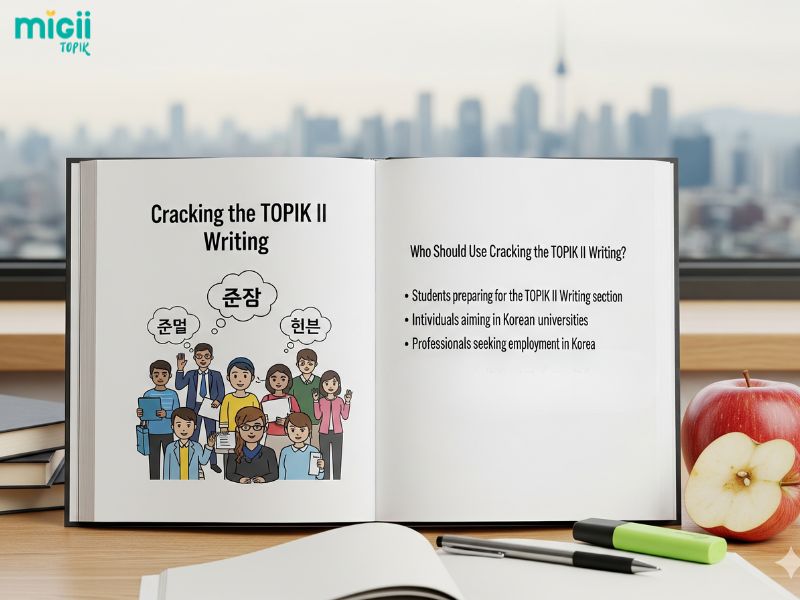
Best for TOPIK II learners and students improving academic Korean writing
How to Maximize Your Study with the Book
While the book provides excellent writing strategies, expanding your vocabulary is equally important. Using flashcards or mobile apps like Migii TOPIK allows you to memorize and review new words more effectively. By practicing vocabulary on the go, you can then apply it directly in your writing exercises from the book, making your essays richer and more precise.
In addition to exercises in the book, online mock exams are a valuable way to test your skills under real exam conditions. Practicing with mock tests helps you measure your progress, identify weak areas, and get used to the time limits. This combination of book study and online practice ensures you’re not only learning but also testing yourself regularly.

Enrich vocabulary and master writing through practice and mock exams
For learners preparing for the exam, setting a study schedule is essential. A sample plan could look like this:
- Weeks 1 – 2: Focus on understanding the exam format and practicing short descriptive writing tasks.
- Weeks 3 – 4: Work on graph-based questions, learning how to describe trends and analyze data clearly.
- Weeks 5 – 6: Move on to argumentative essays, practicing how to structure longer, logical responses.
- Weeks 7 – 8: Combine all question types and take full mock exams. Review your essays with model answers and refine your timing.
In short, Cracking the TOPIK II Writing gives you a clear practice focused roadmap to master the writing tasks you’ll face on exam day. For best results, pair the book’s step by step strategies with active vocabulary practice and timed mock tests; that combination turns technique into reliable exam performance. Ready to get started? Visit Migii TOPIK to drill topic specific vocabulary, take full mock exams, and track your progress as you build confidence and improve your writing score.
